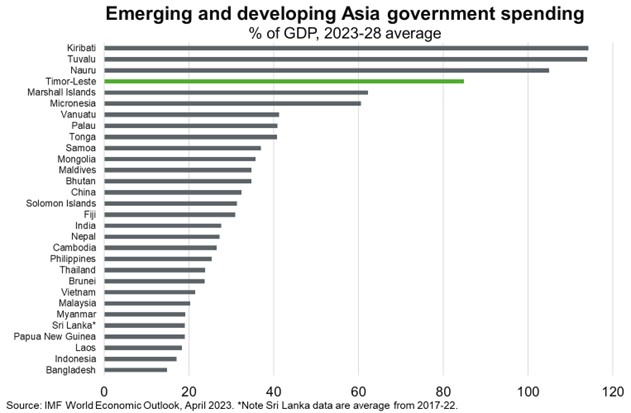Timor-Leste—Smooth political transition but economic uncertainty persists
Timor-Leste has smoothly transitioned to a new government led by the National Congress for Timorese Reconstruction (CNRT) after the party secured the most votes in the May 21 parliamentary election. Xanana Gusmão is the new prime minister, having previously held the role from 2007-15 and also serving as the country’s first president following independence from 2002-07. In his inaugural speech, Gusmão reiterated his commitment to bring the long-stalled Greater Sunrise project into production by piping gas and condensate to an onshore facility. Greater Sunrise joint venture partners have long argued that onshore gas processing in Timor-Leste is both economically and geologically unviable. However, a feasibility study is now underway, with onshore processing potentially aided by technological advancements and increased demand for non-Russian energy sources.
Timor-Leste is among the world’s most petroleum-dependent countries. Around 85% of government spending is financed by transfers from the country’s sovereign wealth fund, the Petroleum Fund (PF). Economic growth, in turn, relies heavily on government spending—which contributes 85% of GDP (Chart). The PF remains strong at US$17.8 billion at end-March 2023 (about 10 times the size of non-oil GDP). But it has been fortified mainly by payments from the Bayu-Undan oil and gas field, which will dry up within 12 months. The PF could deplete within the next decade unless new revenue sources are found.
Timor-Leste’s long term economic prospects rest on developing Greater Sunrise. Potential revenue from the gas field could be about US$50 billion (30 times non-oil GDP), and the development benefits (in construction and job creation) could add a further US$50 billion, lifting economic growth and public and external finances. Stronger and sustainable economic growth would boost Australian exports to Timor-Leste, which grew almost threefold in FY2022, but remain small, at $181 million.

